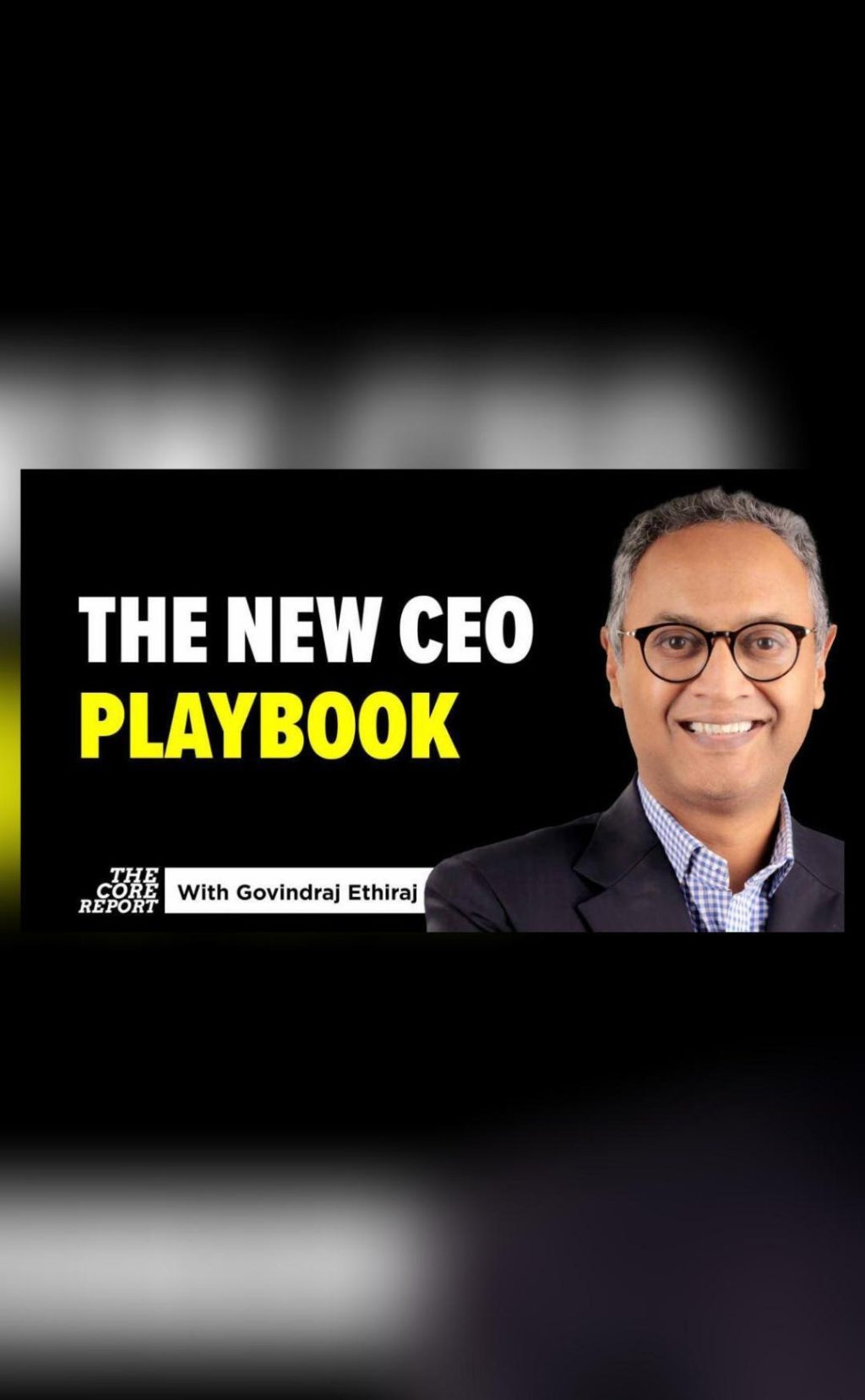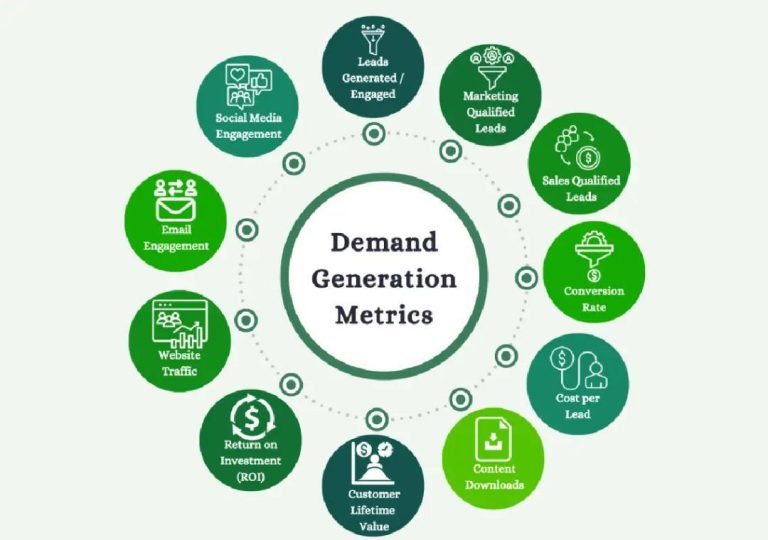
The New CEO Playbook: AI Pressures & Global Tariff Shocks
As the world continues to evolve, CEOs of global companies are facing unprecedented challenges that require them to rethink their strategy and operations. The advent of Artificial Intelligence (AI) and the recent global tariff shocks are two significant forces that are reshaping industries and disrupting trade. In this blog post, we will explore the impact of these pressures on CEOs and provide guidance on how they can navigate these uncharted territories.
The Rise of AI
AI is no longer a buzzword, but a reality that is transforming industries and businesses. From customer service to manufacturing, AI is automating tasks, improving efficiency, and enhancing decision-making. However, this rapid adoption of AI is also creating internal pressures on CEOs. They must navigate the challenges of integrating AI into their organizations, ensuring that their employees are upskilled, and reaping the benefits of increased productivity.
According to a recent survey by PwC, 77% of CEOs believe that AI will “significantly change the way they operate” in the next five years. This means that CEOs must prioritize AI adoption, develop strategies to harness its power, and mitigate the risks associated with automation.
Global Tariff Shocks
The recent global tariff shocks, triggered by the trade tensions between the US and China, have sent shockwaves through global supply chains. Companies are facing unfamiliar challenges, such as tariffs, tariffs, and more tariffs. The uncertainty and complexity of these trade policies are forcing CEOs to rethink their global strategies and operations.
A recent report by the World Bank estimates that the recent trade tensions could result in a 2.5% decline in global trade, leading to a loss of $455 billion in economic output. This uncertainty is causing CEOs to reevaluate their supply chain strategies, diversify their suppliers, and invest in alternative sourcing options.
The New CEO Playbook
In the face of these unprecedented pressures, CEOs must develop a new playbook that addresses the challenges of AI and global tariff shocks. Here are some key strategies that CEOs can use to navigate these uncharted territories:
- Embrace AI: AI is not just a technology, but a business imperative. CEOs must prioritize AI adoption, develop strategies to harness its power, and mitigate the risks associated with automation.
- Localise and Diversify: The recent tariff shocks have highlighted the importance of localising and diversifying supply chains. CEOs must evaluate their global supply chain strategies, identify alternative sources, and invest in localised production.
- Innovate and Adapt: The ability to innovate and adapt is crucial in today’s fast-paced business environment. CEOs must encourage a culture of innovation, invest in research and development, and be prepared to pivot their strategies in response to changing market conditions.
- Reconsider Business Models: The global tariff shocks have forced companies to rethink their business models. CEOs must evaluate their revenue streams, identify new opportunities, and develop strategies to stay ahead of the competition.
- Develop a Global Mindset: In today’s interconnected world, CEOs must develop a global mindset that considers the complexities of global trade, the impact of AI, and the needs of diverse stakeholders.
Conclusion
The new CEO playbook is all about embracing the challenges of AI and global tariff shocks. It requires CEOs to rethink their strategy and operations, develop innovative solutions, and prioritize the needs of their employees, customers, and investors. With no guarantee of stability, companies are being pushed to localise, adapt, and reconsider long-held business models.
In this blog post, we have explored the impact of AI and global tariff shocks on CEOs and provided guidance on how they can navigate these uncharted territories. By embracing AI, localising and diversifying supply chains, innovating and adapting, reconsidering business models, and developing a global mindset, CEOs can stay ahead of the competition and drive growth in today’s fast-paced business environment.
News Source:






